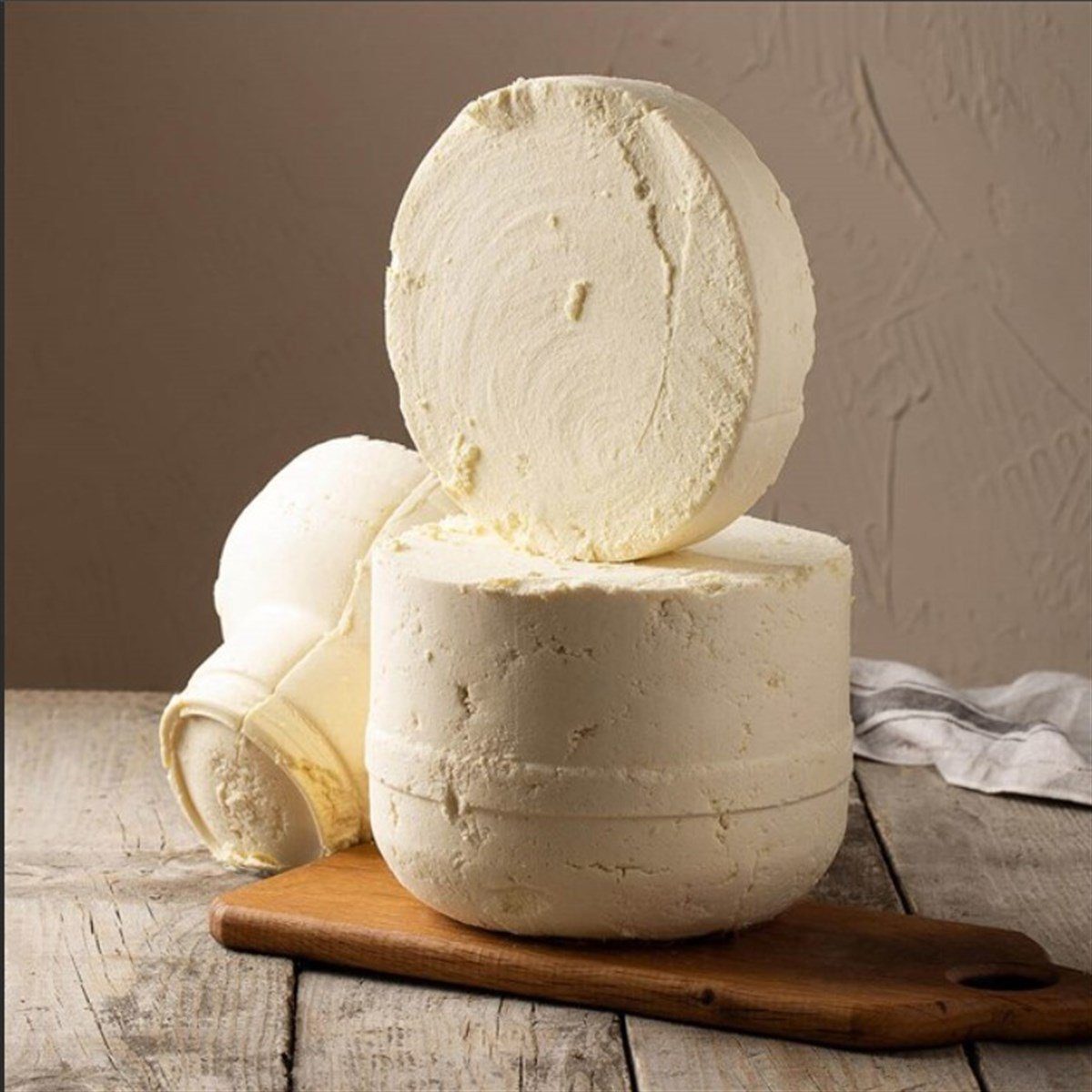Explore the hidden culinary delights of Turkey beyond kebabs. Discover regional specialties, authentic flavors, and unique dishes that define Turkey’s diverse food culture.
- 1. The Richness of Regional Turkish Cuisine
- 2. Aegean Delights: Fresh, Light, and Full of Flavor
- 3. The Mediterranean Region: A Blend of Bold Flavors
- 4. The Eastern Anatolia Region: Bold and Hearty Flavors
- 5. The Black Sea Region: A Seafood Lover’s Paradise
- 6. The Hidden Culinary Delights of the Southeast
- Conclusion: Discovering Turkey’s Hidden Culinary Gems
When it comes to Turkish cuisine, most people immediately think of kebabs, baklava, and Turkish delight. While these iconic dishes are undeniably delicious, the true richness of Turkish culinary culture lies in its diversity, which goes far beyond the common food staples. Turkey’s culinary landscape is vast, with regional specialties that tell the story of the country’s long history, diverse culture, and varied landscapes. In this guide, we’ll take you on a journey through Turkey’s lesser-known but equally delectable culinary delights, ensuring you experience the full spectrum of flavors that the country has to offer.
1. The Richness of Regional Turkish Cuisine
Turkey’s geographical location, straddling both Europe and Asia, has resulted in a fusion of diverse culinary influences. Each region of the country has its own unique ingredients, techniques, and flavors. From the Mediterranean to the Black Sea and the East to the West, the Turkish table is an amalgamation of influences from the Middle East, Central Asia, the Mediterranean, and even Eastern Europe. Here, we will explore some of the lesser-known, hidden culinary gems that reflect the rich diversity of Turkish cuisine.
2. Aegean Delights: Fresh, Light, and Full of Flavor
The Aegean region of Turkey is known for its Mediterranean-inspired cuisine, characterized by fresh ingredients, olive oil, and light dishes. The region’s proximity to the sea makes seafood a central part of the local diet, but its agricultural offerings, like vegetables, herbs, and fruits, are also integral to its cuisine.
Zeytinyağlılar (Olive Oil Dishes)
Olive oil plays a pivotal role in the Aegean cuisine. The dishes cooked in olive oil, or zeytinyağlılar, are often served cold and feature a variety of vegetables, beans, and legumes. Some must-try dishes include:
- Enginar (Artichoke): A popular dish in the Aegean, artichokes are braised with olive oil, onions, carrots, and peas. It’s often flavored with lemon and herbs, offering a refreshing taste.
- Börek: Although börek is common across Turkey, the Aegean region’s zeytinyağlı börek (olive oil-based savory pastries) stands out, often filled with cheese, spinach, or even potatoes.
- Şakşuka: This warm salad is made with eggplant, zucchini, and bell peppers, all simmered in olive oil and tomato sauce. It’s often enjoyed as a meze or a side dish.
Tulum Cheese
One of the lesser-known but absolutely delicious cheeses of Turkey is tulum cheese, a rich, creamy, and slightly tangy cheese that’s particularly popular in the Aegean region. It’s often served with bread, olives, or used in various dishes like pide (Turkish pizza) or börek.

3. The Mediterranean Region: A Blend of Bold Flavors
The Mediterranean region, with its sunny climate and coastal beauty, offers some of Turkey’s most flavorful dishes. Turkish Mediterranean cuisine combines a variety of herbs, spices, and fresh produce, and while seafood is certainly a highlight, the region is also known for its hearty meat dishes and innovative vegetable preparations.
Kısır
A dish that is often overshadowed by other Mediterranean favorites is kısır, a bulgur-based salad, often considered a healthier version of couscous salad. Mixed with fresh vegetables, herbs like parsley and mint, lemon juice, and pomegranate molasses, kısır is a light yet flavorful dish that’s perfect for hot summer days.
Kumpir
While kumpir may not be entirely unique to the Mediterranean, it’s a must-try in cities along the coast. Essentially a large baked potato stuffed with various fillings like cheese, sausages, olives, corn, and pickles, kumpir is a fun and customizable fast food that’s packed with flavor and ideal for a casual meal by the beach.
Meze Platters
No Mediterranean meal is complete without a spread of meze. These small dishes, often served as appetizers or side dishes, feature a combination of warm and cold plates. Popular Mediterranean mezes include hummus, baba ghanoush, stuffed grape leaves (known as yaprak sarma), and ezme, a spicy tomato-based salad.
4. The Eastern Anatolia Region: Bold and Hearty Flavors
Eastern Anatolia, a region known for its rugged terrain and long winters, offers a cuisine that is bold, hearty, and warming. Dishes from this region are often rich in flavor and use ingredients that are perfect for long, cold nights.
Köfte Variations
While köfte (Turkish meatballs) is known throughout Turkey, the Eastern Anatolia region has its own special variations. Some unique versions of köfte include:
- Aşk köftesi: A type of spiced meatball, often served in a tangy yogurt sauce.
- Köfteci Yusuf: A famous variety of köfte in the region, often grilled and served with a side of bulgur pilav (bulgur rice).
Kuzu Tandir (Slow-Cooked Lamb)
Lamb is a central element of the cuisine in Eastern Anatolia. Kuzu tandır, or slow-cooked lamb, is one of the most famous dishes. The lamb is cooked for hours until it is tender and falls off the bone, often served with flatbread or pilaf. It’s rich, flavorful, and perfect for meat lovers.
Muhlama
Muhlama is a traditional dish from the Black Sea region, but it’s widely enjoyed in Eastern Anatolia as well. Made from cornmeal, butter, and cheese, it’s a creamy, savory dish that is perfect as a breakfast or a side dish. The consistency is often gooey, and it’s usually served with mıhlama (a type of cornbread).
5. The Black Sea Region: A Seafood Lover’s Paradise
The Black Sea region of Turkey is known for its rich seafood, lush green hillsides, and unique, hearty flavors. The local cuisine is influenced by the proximity to the Black Sea, which brings a bounty of fresh fish and seafood to the table.
Hamsi (Anchovies)
A signature dish of the Black Sea coast, hamsi is Turkey’s version of anchovies. These small fish are usually fried, grilled, or served in pilav (rice). Whether it’s hamsi tava (fried anchovies) or hamsi pilavı, this fish is a staple of Black Sea cuisine. It’s often enjoyed with cornbread and a glass of rakı.
Kara Lahana (Black Cabbage)
Kara lahana is a popular dish in the Black Sea region, where the cold climate helps produce hearty and nutritious vegetables. Black cabbage is often cooked with cornmeal, onions, and meat, creating a warm, hearty dish perfect for the colder months.
Çörek
A soft, round bread made with various fillings, çörek is a sweet and savory treat enjoyed in the Black Sea region. The bread is often flavored with ingredients like cinnamon, sugar, and nuts, or filled with cheese, potatoes, and ground meat.
6. The Hidden Culinary Delights of the Southeast
Southeastern Turkey is often associated with its famous kebabs, but there is so much more to this region’s cuisine than just grilled meat. The region’s food reflects its Arab and Kurdish influences, with dishes that use plenty of spices and fresh ingredients.
Beyran
A spicy soup made with lamb, rice, and a variety of spices, beyran is a popular dish from Gaziantep, one of the culinary capitals of Turkey. It’s often served as a breakfast dish and is known for its rich, comforting flavor.
Ali Nazik
Ali Nazik is a unique dish from Gaziantep, made from roasted eggplant, yogurt, and ground lamb. The eggplant is pureed and mixed with yogurt, creating a smooth and tangy base, while the spiced lamb adds a savory touch.

Kısır (Bulgar Wheat Salad)
Much like its Mediterranean counterpart, kısır in Southeastern Turkey is made with bulgur wheat, but it often includes more herbs and spices. It’s a great accompaniment to kebabs or can be eaten on its own as a light lunch or dinner.
Conclusion: Discovering Turkey’s Hidden Culinary Gems
Turkey is a land of culinary diversity, and while kebabs, baklava, and Turkish delight are well-loved and deservedly famous, there’s so much more to explore. From the light, olive oil-based dishes of the Aegean to the hearty stews of Eastern Anatolia and the flavorful mezes of the Mediterranean, Turkey’s regional cuisines offer a true reflection of its rich cultural history. By stepping off the beaten path and exploring these hidden culinary delights, you’ll not only be tantalizing your taste buds but also immersing yourself in the country’s diverse and ancient gastronomic traditions.
As you plan your next culinary adventure, remember to look beyond the famous dishes and seek out the lesser-known flavors and recipes that make Turkish cuisine so unique. Turkey’s food culture is as vast and diverse as its landscapes, and you won’t regret exploring the country through its food.





